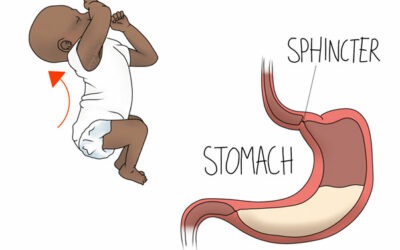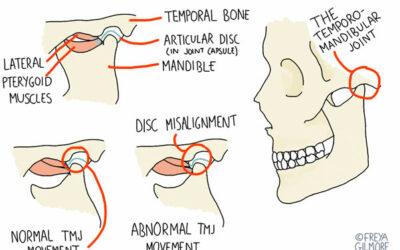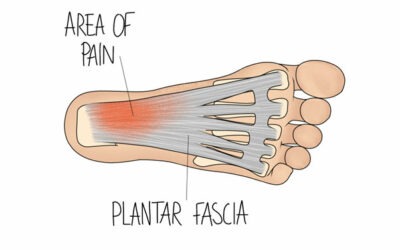We thought we would take an opportunity to highlight the benefits of reflexology as a fascinating method of healing and the health conditions it can be used to treat.
Reflexology is a holistic therapy based on the principle that certain points on the feet and hands correspond to specific parts of the body. A trained reflexologist uses their hands to apply pressure to these reflex points to release tensions, improve circulation, address any imbalances in the body and stimulate the body’s natural healing processes.
Reflexology was an important part of healing in many ancient cultures. There is some evidence to suggest that foot and hand therapies were being used in China and Egypt as early as 4,000 BC. These civilisations recognised pressure therapies as having the ability to heal and prevent disease.
Our resident reflexologist Pavan Kaur Hunjan qualified as a Complementary Therapist from the University of Westminster and Manchester in 2012 and has been practising as a therapist ever since. During this time she ran successful practices on London’s Harley Street and at Neal’s Yard Remedies in Windsor.
From chronic pain to digestive disorders, applying pressure to reflex points on the hands and feet can help to relieve symptoms. Chronic headaches and migraines can be relieved and prevented through reflexology treatments, as can insomnia and other sleep disturbances. Many sufferers of chronic fatigue syndrome and multiple sclerosis report finding treatments helpful too. And some women feel the benefit of reflexology to ease premenstrual or menopausal symptoms.
Reflexology can also be used simply for relaxation and to maintain wellbeing. Many people find reflexology treatments help to reduce their feelings of stress and anxiety.
Find out more about reflexology treatments with Pavan at Good Health Centre, including what to expect at your appointment. If you have any questions, call our reception team on 0113 237 1173.



0 Comments